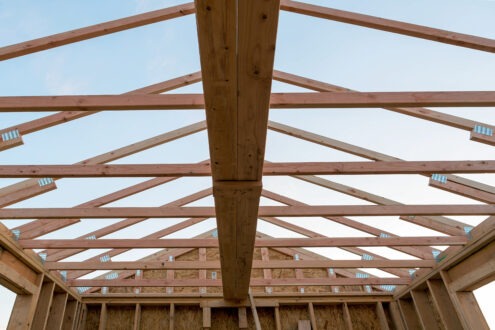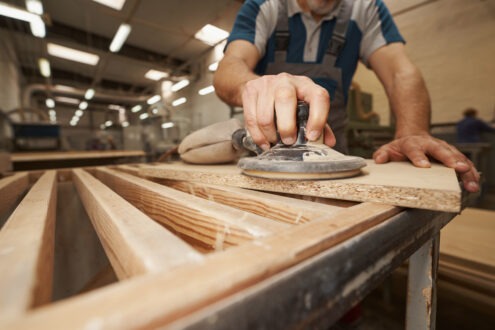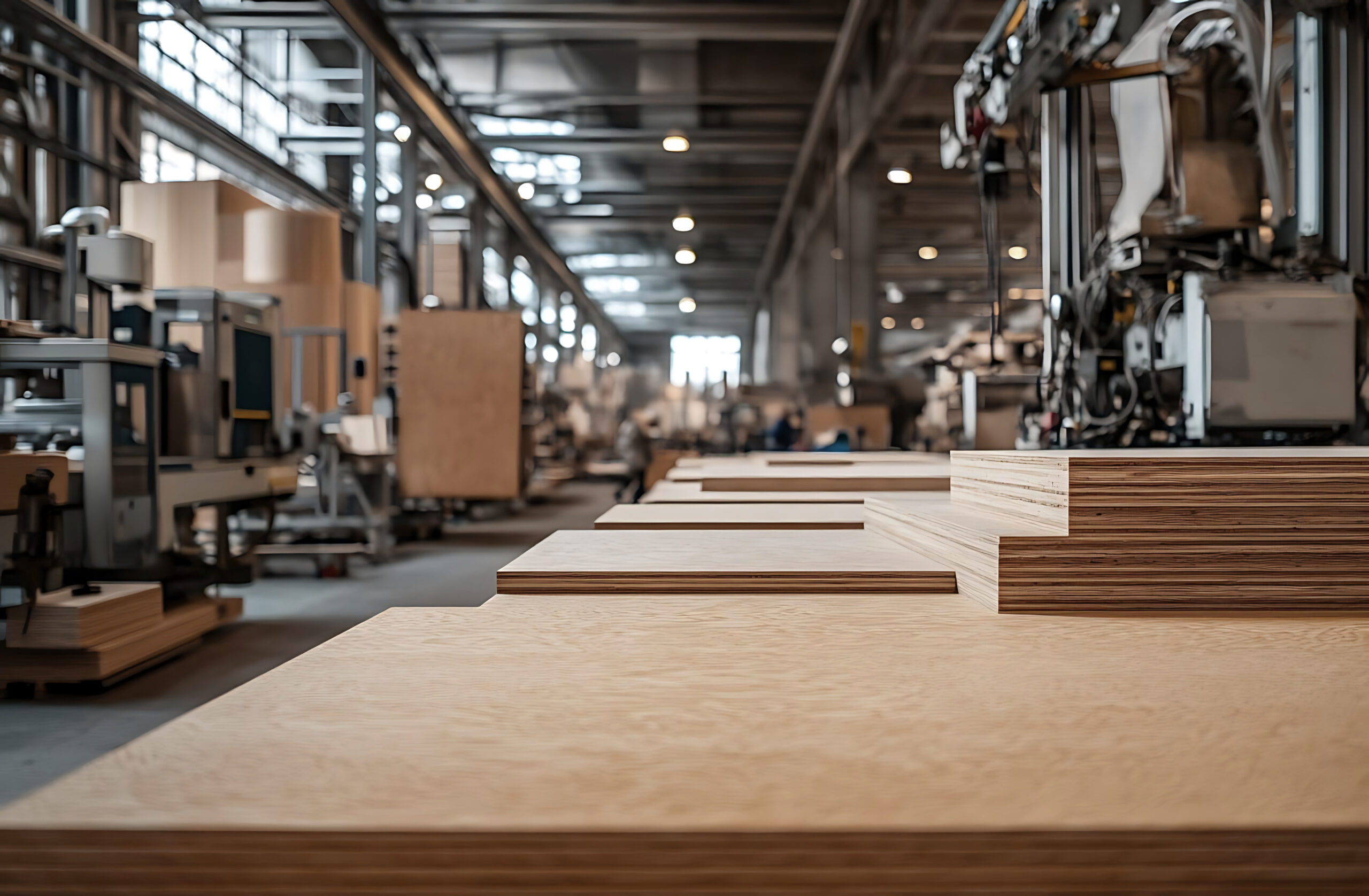Plywood is one of the most versatile materials used in joinery, construction and DIY. Whether you’re building shelving, a cabinet, or flooring, the success of your project often comes down to one key choice: plywood thickness.
Selecting the right thickness impacts strength, durability, weight, and even the overall look of your finished piece. In this guide, we’ll explain how to choose the right ply thicknesses UK buyers will commonly find, explore standard sizes, and give you practical recommendations for typical applications.














